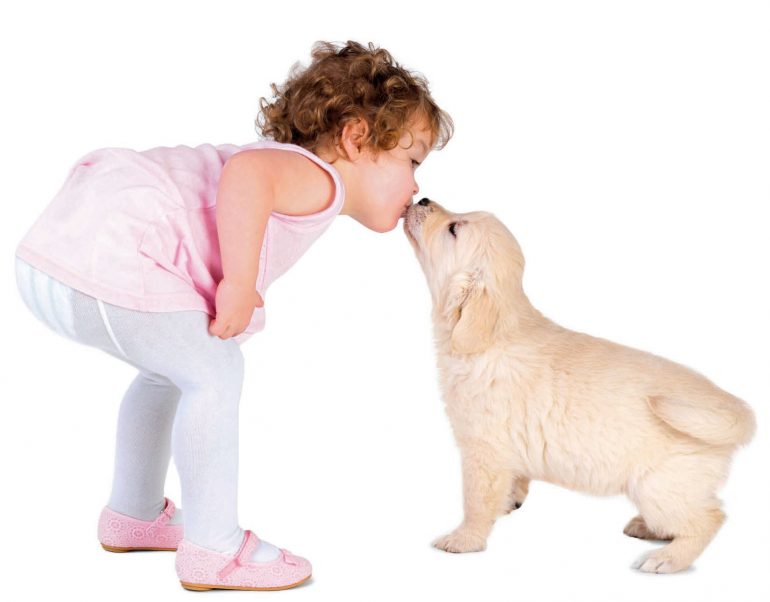Ayurveda is perhaps the oldest system of holistic medicine, originating in India approximately 6,000 BC. Ayurveda literally means “science (veda) of life (ayur),” and has eight branches. 1. General medicine 2. Surgery 3. ENT, including head and neck 4. Psychotherapy 5. Toxicology 6. Pediatrics 7. Rejuvenation/Geriatrics 8. Sexuality.
As mentioned in Ayurvedic medical texts (written in Sanskrit), Ayurveda, in terms of veterinary medicine, focused on animal welfare, treatment therapies, management and surgery. Sali Hotra was the first to be credited as an animal healer, and wrote the Ayurveda Materea Medica for veterinary medicine, along with additional Ayurvedic texts dedicated to animal welfare and treatment.
Ayurvedic herbs and modalities have been safely and efficiently used for thousands of years. Though most Ayurvedic products are based on body energetics, to the Western mind, it should be clear that most Ayurvedic herbs are thoroughly supported with clinical research. Products that offer a combination of herbs have also been researched to ensure that the energetics of each herb contribute to a balanced formula.
Body Types
Learning Your Pet’s Genomic Makeup (Prakriti)
Body typing is a unique concept in Ayurvedic medicine, based on the five elements theory. Determining your pet’s body type allows you to learn how to create balance in his or her mind, body and spirit, thereby allowing your pet to achieve and maintain optimal health. Moreover, when your pet is functioning at an optimal level, not only does he benefit, but so does the world around him. Your pet affects the people and places around him in a positive way. Indeed, your pet’s well-being has a great effect on everything and everyone he comes across.
In individuals and pets, the five elements manifest as the Tridosha. Dosha means “protective,” or when out of balance, “disease-producing.” The Tridosha are the three humors, or metabolic forces that make up the mind and body. They are called Vata, Pitta and Kapha.
Vata = Ether + Air
Pitta = Fire + Water
Kapha = Water + Earth
At the time of fertilization, permutations of Vata, Pitta and Kapha determine the constitution of the new animal. These three metabolic forces control all biological, psychological, and physio pathological functions of the body, mind and consciousness and have subtle properties. These forces determine personality traits and physiological structure. These basic traits will also be shaped by gender and other important factors such as diet, lifestyle, behavior, emotions, seasons, and more.
The unique individual constitution produces natural urges and individual tastes in food, flavor and temperature. The doshas govern the maintenance and destruction of bodily tissues and the elimination of waste products. They are also responsible for psychological phenomena, including emotions of fear, anger, and greed as well as the highest order of emotions: understanding, compassion, and love.
Functions of the Tridosha
A balance of the doshas is necessary for optimal health. The doshas increase by similar properties and are diminished by the opposite ones. For example, Vata is dry, light, and cold, so any food, medicine, or behavior that increases these qualities will increase Vata within the body. Conversely, oily, heavy, or hot factors will decrease Vata.
Together, the doshas govern all metabolic activities; anabolism (Kapha), catabolism (Vata), and metabolism (Pitta). There can be up to ten different constitutions, depending upon the permutation and combination of Vata, Pitta and Kapha. The combination of the three humors remains unchanged throughout a pet’s lifetime and can indicate an animal’s inherent strengths and susceptibilities. The combination can, however, respond to environmental changes such as diet and lifestyle, thereby providing the opportunity for the pet to either maintain or compromise health.
Ten Types of Constitutions
Vata
Pitta
Kapha
Vata-Kapha
Vata-Pitta
Pitta-Vata
Pitta-Kapha
Kapha-Pitta
Kapha-Vata
Vata-Pitta-Kapha
Vata
Vata is considered the leader of the body’s three Ayurvedic principles. Vata governs all movement in the mind and body. It controls blood flow, elimination of wastes, breathing and the movement of thoughts across the mind. It’s very important to keep Vata in good balance. The related elements are air and ether.
Common characteristics of pets who have a predominantly Vata constitution:
-
- Mental quickness
- Highly intelligent
- Quickly learn and grasp new knowledge, but also quickly forget
- Slenderness; lightest of the three body types
- Run/walk quickly Tendency toward cold paws, discomfort in cold climates
- Excitable, lively, fun personality
- Changeable moods Irregular daily routine
- Variable appetite and digestive efficiency
- High energy in short bursts; tendency to tire easily and to overexert
- Full of joy and enthusiasm when in balance
- Respond to stress with fear, worry, and anxiety, especially when out of balance
- Tendency to act on impulse
- Often easily distracted
- Generally have dry skin and dry fur
- Typical health problems include hypertension, earaches, anxiety, irregular heart rhythms, muscle spasms, lower back pain, constipation, abdominal gas, diarrhea, nervous stomach and arthritis. Most neurological disorders are related to Vata imbalance.
Pets of a Vata constitution are generally physically slender and small-framed. Their chests are flat with their veins and muscle tendons visible. The skin is cool, rough, dry and cracked. Vata pets generally are either taller or shorter than average, with thin frames that reveal prominent joints and bone ends because of small muscle development. The eyes may be sunken, small, dry, and active. The nails are rough and brittle. The shape of the nose is bent and in some cases turned-up.
Physiologically, the appetite and digestion are variable. The production of urine is scanty and the feces are dry, hard, and small in quantity. Their sleep may be disturbed and they will sleep less than the other types. Their paws are often cold.
Psychologically, they are characterized by short memories but quick mental understanding. They will comprehend something immediately, but will soon forget it. They sometimes lack determination, tend toward mental instability, and are sensitive to tolerance, confidence, or boldness. Vata pets are nervous, fearful at times, and afflicted by much anxiety.
Pitta
Pitta is a force created by the dynamic interplay of water and fire. These forces represent transformation.
Pitta governs digestion, absorption, assimilation, nutrition, metabolism, body temperature, the luster of the eyes, intelligence, and understanding. Psychologically, Pitta arouses anger and jealousy. The small intestine, stomach, sweat glands, blood, fat, eyes, and skin are the seats of Pitta.
Common characteristics of pets who have a predominantly Pitta body type:
- Medium physique, strong, well built
- Sharp mind, good powers of concentration
- Focused
- Assertive and self-confident; aggressive, demanding and pushy when out of balance
- Competitive, enjoy challenges
- Strong digestion, strong appetite; get irritated if they have to miss or wait for a meal
- Like to be in command
- When under stress, Pitta pets become irritated and angry
- Uncomfortable in the sun or hot weather; heat makes them very tired
- People may find them stubborn or pushy
- Generally good leadership ability, usually act as leader of the pack
- Subject to mood swings, impatience, and anger
- Typical physical problems include rashes or inflammation of the skin, acne, boils, skin cancer, ulcers, heartburn, acid stomach, hot sensations in the stomach or intestines, insomnia, bloodshot or burning eyes and other vision problems, anemia, jaundice.
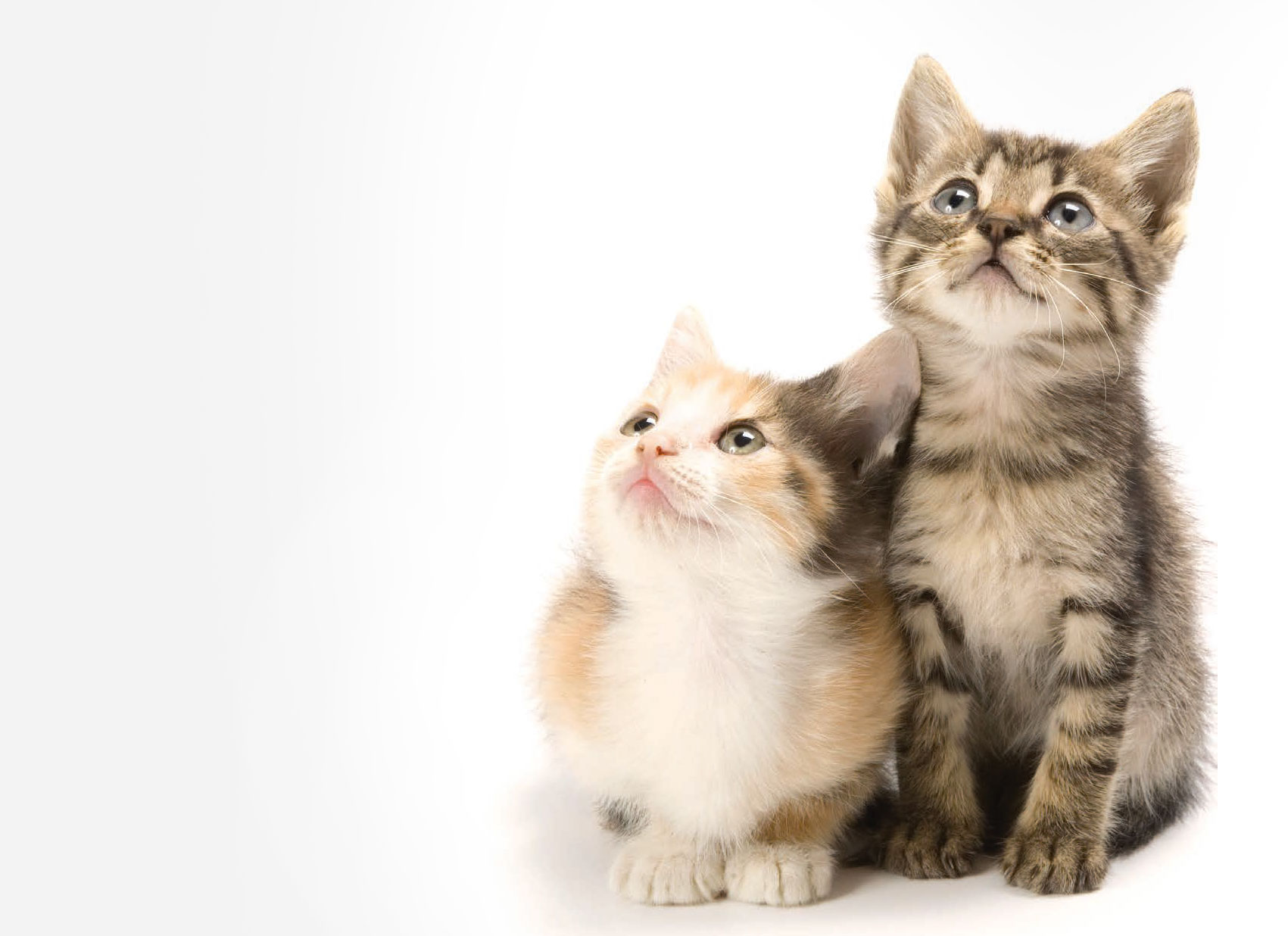
These pets are of medium build, slender, and their body frame may be delicate. They show a medium prominence of veins and muscle tendons. The bones are not as prominent as in the Vata pet. Muscle development is moderate.
The fur is soft and warm. The eyeballs will be of medium prominence. The claws are softer. The shape of the nose is sharp. Physiologically, these pets have a strong metabolism, good digestion and strong appetites. The animals of Pitta constitution usually take large quantities of food and liquid. Their sleep is of medium duration but uninterrupted. They produce a large volume of urine. The body temperature may run slightly high, and their paws will tend to be warm. Pitta pets do not tolerate sunlight or heat well.
Psychologically, Pitta pets have good powers of comprehension; they are very intelligent and sharp. They have emotional tendencies toward hate, anger, and jealousy.
Kapha
Kapha is the conceptual equilibrium of water and earth. Kapha is both structure and lubrication. One can visualize Kapha as the stirring force that keeps the water and the earth from separating. This dosha maintains body resistance. Water is the main constituent of Kapha, and this bodily water is responsible physiologically for biological strength and natural tissue resistance. Kapha lubricates the joints; provides moisture to the skin; helps to heal wounds; fills the spaces in the body; gives biological strength, vigor, and stability; supports memory retention; gives energy to the heart and lungs, and maintains immunity.
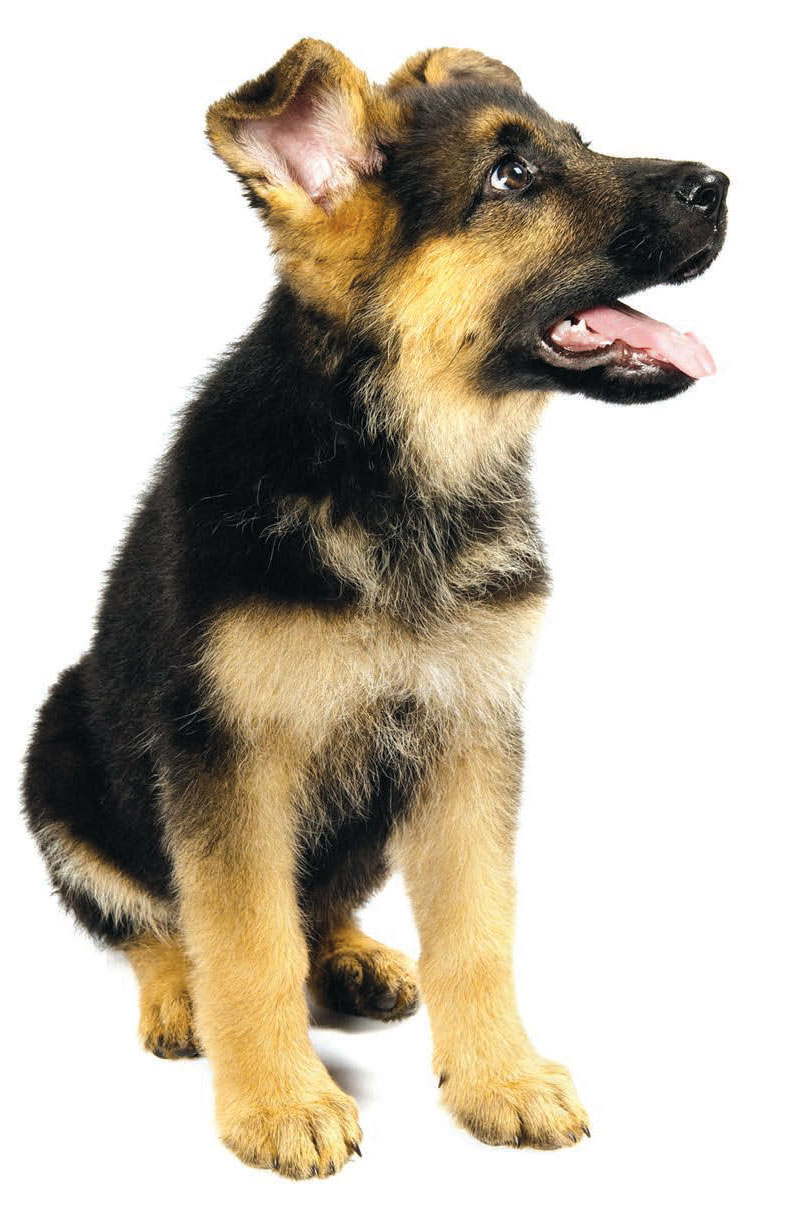
Kapha is present in the chest, throat, head, sinuses, nose, mouth, stomach, joints, cytoplasm, plasma, and in the liquid secretions of the body, such as mucus. Psychologically, Kapha is responsible for the emotions of attachment and greed. It is also expressed in tendencies towards calmness, forgiveness, and love. The chest is the seat of Kapha.
Common characteristics of pets who have a predominantly Kapha constitution:
-
- Easygoing, relaxed, slow-paced
- Affectionate and loving, forgiving, compassionate, nonjudgmental nature, stable, reliable and faithful
- Physically strong with a sturdy, heavier build
Have the most energy of all constitutions, but it is steady and enduring, not explosive - Slow moving and graceful Slower to learn, but never forget; outstanding long-term memory
- Soft fur; tendency to have large “soft” eyes and are soft tempered
- Tend towards being overweight; may also suffer from sluggish digestion
- More self-sufficient, need less outward stimulation than do the other types; have a mild, gentle, and essentially undemanding approach to life
- Excellent health, strong resistance to disease
- Calm, strive to maintain peace in their surroundings
- Not easily upset and can be a point of stability for others
- Tend to be possessive
- Don’t like cold, damp weather
- Physical problems include colds and congestion, respiratory problems including asthma and wheezing, hay fever, allergies, and atherosclerosis.
Pets of Kapha constitution have well-developed bodies. There is, however, a strong tendency for these pets to carry excess weight. Their chests are expanded and broad. The veins and tendons of Kapha pets are not obvious because of their thick skin and their muscle development is good. The bones are not prominent.
The fur is soft, lustrous, and oily, and skin texture is cold and pale. The fur is thick, dark, soft, and wavy. The eyes are dense, large, and attractive.
Physiologically, Kapha pets have regular appetites. Due to slow digestion, they tend to consume less food. Stools are soft and may be pale in color, and evacuation is slow. Sleep is sound and prolonged. There is a strong vital capacity evidenced by good stamina, and Kapha pets are generally healthy, happy and peaceful.
Psychologically, they tend to be tolerant, calm, forgiving, and loving: however, they also exhibit traits of greed, attachment and possessiveness. Their comprehension is slow but definite: once they understand something, that knowledge is retained.
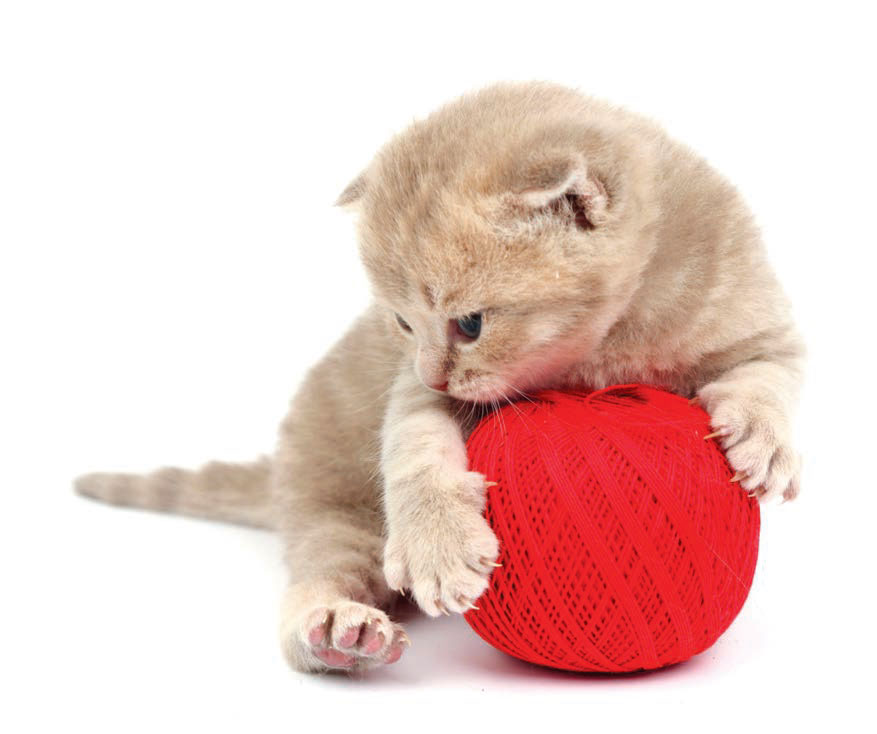
Other body types are a permutation and combination of the dosha present in them. Life is considered a sacred path in Ayurveda; a ceaseless interaction between the internal Tridosha, environment and the external environment, or the sum of cosmic forces. To counterbalance external change, a pet lover may create a balance for their pet in the internal forces by altering his or her diet, lifestyle, and behavior including herbal supplementation.
Diet
In Ayurveda, food is medicine and medicine is food, and it is important to consider the right ingredients, proportion, freshness and seasonality, promoting balance with foods that counter or diminish the excess dosha. As with any dietary modification, it’s critical to consult with a veterinarian first, otherwise problems can occur when dietary changes are introduced too quickly.
If you choose to change your pets’ diets, please do so in increments, taking about three weeks to switch them over to a more wholesome alternative.
In addition to the pet’s dosha, keep in consideration whether the animal is a larger or smaller breed, active or a couch potato.
Below are a few specific food recommendations based on Vata, Pitta or Kapha pet types.
Vata (Example: Greyhound dog) – Vata dogs run cool and dry and should avoid beans, cauliflower, broccoli, peppers, and potatoes. They should be fed warming foods such as beef, along with washed and pureed carrots and squashes, although they can be quickly blanched and then pureed for enhanced digestion.
Avoid ghee as it is hard for animals to digest and can lead to pancreatitis. (Use fish oil instead.) For pets experiencing digestive issues, they can be fed the Ayurvedic dish “khichadi” made with white basmati rice and mung beans. Spices can include black pepper, cumin and coriander, with a small pinch of asafoetida (hing) for Vata dogs.
Pitta (Example: Pitbull) – As Pitta dogs tend to run warm, avoid foods that provoke warmth. They do well with cooling foods including meats such as duck and chicken breasts; dairy products such as cottage cheese, and even tofu. Fresh pureed veggies such as leafy greens are beneficial as well.
Kapha (Example: Overweight Golden Retriever) – For the heavy-set Kapha pets, the diet should contain more wholesome foods such as fresh vegetables. Avoid starches, grains and fat, and additives such as molasses and corn syrup. Vegetables should include carrots, squash and pumpkin. They should always be washed and pureed.
Herbs
The most common herbs and spices for pets include turmeric, cumin and coriander powders for balancing digestion. Try dried or fresh ginger for Vata pets, cumin and coriander for Pitta, and turmeric for Kapha. Take care not to be overindulge, as a 60- pound dog only needs one-eighth of a teaspoon of any given herb. For hyperactive dogs, Ashwagandha has a calming effect (also a wonderful herb for humans!). These types of dogs also need to keep active. Some types of dogs are considered working dogs by breed (i.e. cattle dogs) and need to have a “job” that keeps them involved and moving.
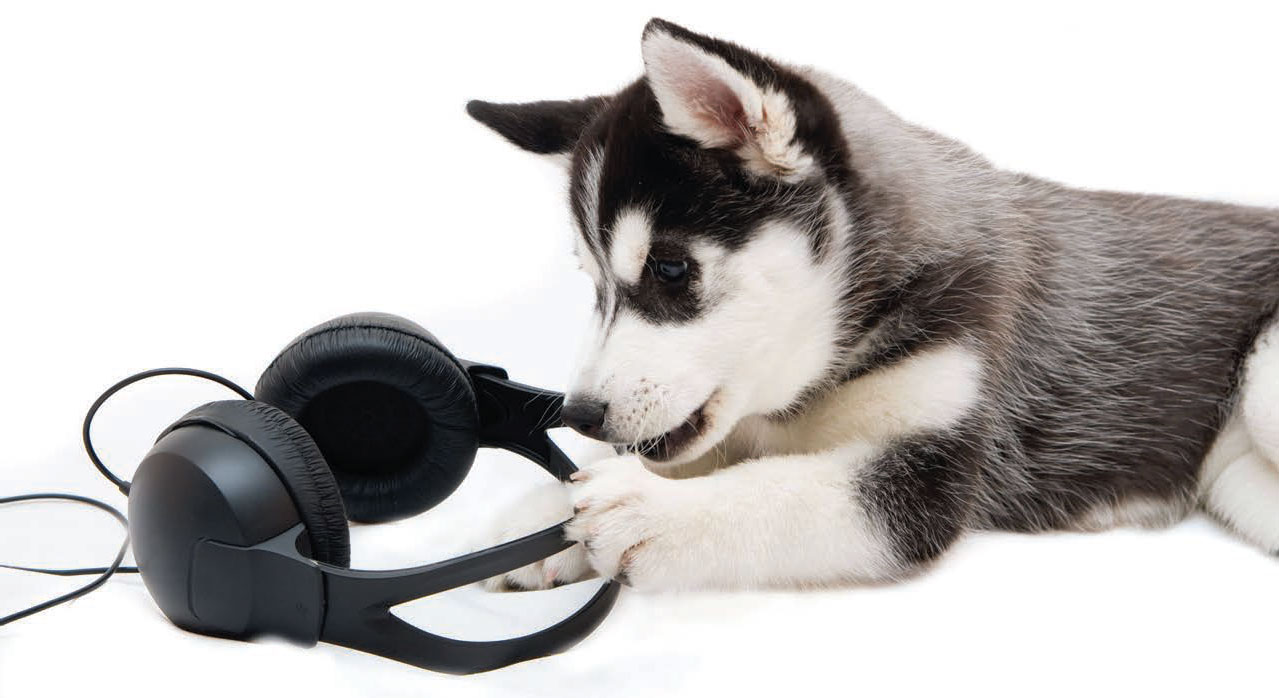
Just remember, most Ayurvedic principles that can apply to humans also apply to your pets. Provide them with an environment and nutrition that balances their doshas and they are sure to become a harmonious member of your family, contributing their unique gifts that express their dosha in its most beneficial form.
 Dr. Tejinder Sodhi graduated from the College of Veterinary Science in Punjab, India in 1983. He came to the U.S. in 1985, and went on to receive certification from the American Veterinary Association. He currently owns and operates veterinary clinics in both Lynnwood and Bellevue, WA. Dr. Sodhi is one of three physician brothers who created Ayush Herbs in 1988, offering the highest quality formulas for people and pets. www.ayush.com
Dr. Tejinder Sodhi graduated from the College of Veterinary Science in Punjab, India in 1983. He came to the U.S. in 1985, and went on to receive certification from the American Veterinary Association. He currently owns and operates veterinary clinics in both Lynnwood and Bellevue, WA. Dr. Sodhi is one of three physician brothers who created Ayush Herbs in 1988, offering the highest quality formulas for people and pets. www.ayush.com

